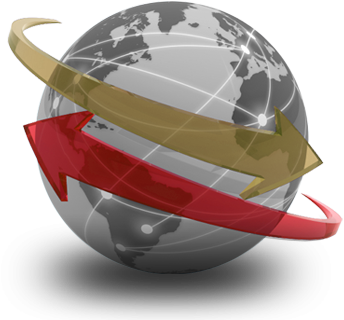This article is the second part of our series, 5 Things you need for a Stutter Free Webcast. Click here to see the first article about encoders for live webcasts.
Get a quality CDN
While a quality CDN is a ciritical link in a seamless webcast, I’m not sure that most event organizers understand what it is, how it can affect their webcast and why some CDN’s are better than others. Let’s get right to the ugly technical part. Wikipedia defines a CDN as,
A content delivery network or content distribution network (CDN) is a system of computers containing copies of data, placed at various points in a network so as to maximize bandwidth for access to the data from clients throughout the network. A client accesses a copy of the data near to the client, as opposed to all clients accessing the same central server, so as to avoid bottleneck near that server.
I’m sure we’ve all seen the chaos of doing a product toss in a large crowd in a small area. People rushing in, throwing elbows, grown men crying. It can get ugly. Now imagine what would happen if you distributed product tossers around the venue. Rather than everyone rushing into one location, smaller crowds would gather at different locations, spread over a larger area.
 A CDN does essentially the same thing. When there is a large demand over a limited time frame for a single file (a live webcast), the CDN reproduces the stream at many different locations to allow more people easier access and tries to eliminate “fights” over the content.
A CDN does essentially the same thing. When there is a large demand over a limited time frame for a single file (a live webcast), the CDN reproduces the stream at many different locations to allow more people easier access and tries to eliminate “fights” over the content.
A common mistake that gets made when selecting a CDN is choosing one based solely on bandwidth costs. This could lead to nasty problems during the event. Small CDNs may perform well when there is limited traffic or the traffic is distributed over a long period of time. However, if the traffic exceeds the capacity of the CDN to meet that demand, users experience buffering, lost connections and other mayhem, all things that severely affect the webcast experience. Unfortunately, this problem won’t reveal itself until it’s too late, when there is the most demand for your webcast.
To counter this problem, you need a CDN large enough to handle your traffic. A good CDN has many servers distributed around the world. By having more locations, they can better distribute access to these points and ensure than no bottleneck occurs. This guarantees that the capacity is there to handle the demand precisely when your event is progressing the sport to the next level. And everyone logged on will have a quality stream the whole time.
Next up, how to find out how much bandwidth you have at your event site and how that affects your plans for your live webcast.

